Grenada is rich when it comes to wildlife and biodiversity. Amidst its stunning landscapes, you’ll find a world of rare wonders, from the endangered Grenada Dove and sea turtles to the vibrant coral reefs and lush forests.
With a dedicated commitment to conservation and the integral role of national parks, Grenada cherishes and protects its distinctive natural heritage. Embark on an unforgettable journey to witness the harmonious symphony of life and conservation on this Caribbean gem, where each step taken resonates with the promise of a flourishing future for its diverse ecosystems.
Mona MonkeyLeast ConcernForests, Coastal areasEndemic primate with unique features.
Grenadian DoveCritically EndangeredForests, LowlandsRare dove species facing habitat loss.
Antillean Crested ParakeetEndangeredForests, MountainsColorful parrot species with a crest.
Grenada HookspurCritically EndangeredRainforests, MountainsCrucial plant for the Grenada Dove.
Grenada StreamfrogVulnerableStreams, ForestsSemi-aquatic frog in forested areas.
Embrace the opportunity to discover the beauty of Grenada’s wild treasures and immerse yourself in the awe-inspiring wonders that remind us of the importance of preserving our planet’s precious biodiversity.
Endemic Species
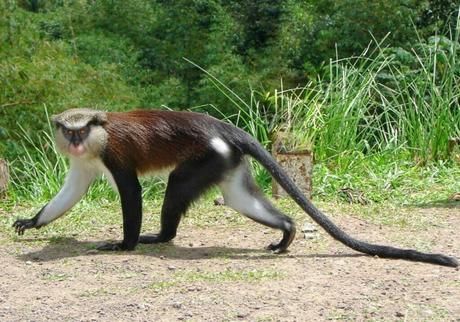
Ah, the endemic species! Grenada is home to some unique species that you won’t find anywhere else in the world. Starting with the Grenada Dove, our national bird, it’s a real feathered beauty, scarce but enchanting, with its gentle cooing sounds in the lush forests. Unfortunately, it’s endangered, but conservation efforts are in full swing to protect it.
Another of Grenada’s remarkable endemic species is the Grenada Tree Frog, a nocturnal creature with a distinct chorus that harmonizes with the island’s nightfall. An encounter with these tiny singers is nothing short of magical. The Mona monkey, too, with its expressive eyes and brown fur, is a sight to behold, though originally native to Africa, it has become an essential part of our wildlife charm.
There’s also the Lesser Antillean Iguana, a majestic reptile with a prehistoric appearance that often basks on Grenada’s rocks under the sun. If you’re lucky, you may spot one on a leisurely hike. Let’s not forget about our unique flora either – orchids, ferns, and numerous tropical plants add to Grenada’s unmatched biodiversity.
Marine Diversity
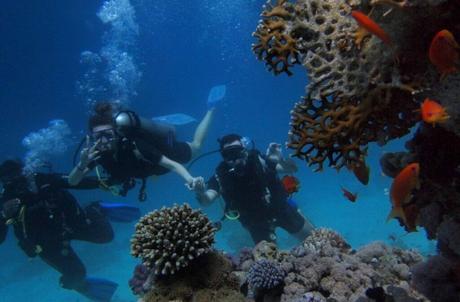
As we dive beneath the turquoise waves surrounding Grenada, a whole new world of biodiversity unfolds. From vibrant coral reefs to a diverse range of sea creatures, the island’s underwater ecosystem is a marine wonderland. Schools of colourful fish, playful dolphins, and graceful turtles are all part of the captivating marine landscape.
The coral reefs are the stars of the show, providing shelter to myriad marine species. The Molinere Beausejour Marine Protected Area, with its stunning underwater sculpture park, is particularly remarkable, serving both as a tourist attraction and a sanctuary for marine life. It’s a thriving, breathing gallery of art and life that you simply cannot miss.
Diving and snorkelling are the best ways to explore this undersea paradise. Whether you’re observing the neon glow of a parrotfish or tracking the slow, graceful movement of a sea turtle, these experiences will stick with you long after you’ve left the island’s shores.
Forest Reserves
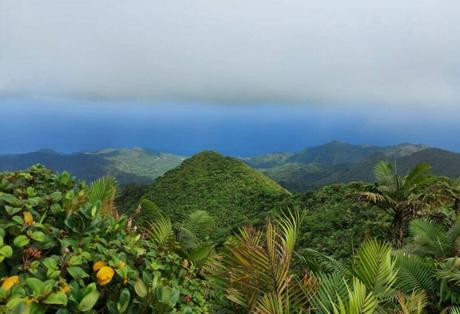
On to the land again. Grenada’s forests are the green beating heart of the island, home to many species and a haven for nature lovers. The Grand Etang National Park and Forest Reserve, located in the mountainous interior of the island, offers trails weaving through rainforest, montane thicket, and dwarf woodland. A real treat for anyone with an adventurous spirit!
The Levera National Park is another must-visit. Its diverse habitats range from wetlands to reefs and sea turtle nesting sites. The views from this park are stunning, especially from Welcome Stone with its panoramic vistas of sugar-loaf islands and the expansive sea.
These reserves are much more than just a collection of trees and trails. They’re alive, teeming with creatures, and echoing with the whispers of the wind and the chatter of wildlife. If you’re silent and patient, you might even catch a glimpse of the elusive armadillo or manicou.
Conservation Efforts
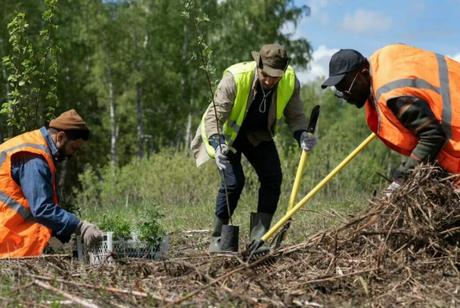
We cherish our rich biodiversity and make concerted efforts to protect it. The Grenada Dove Conservation Program, for example, focuses on preserving the habitat of our national bird and educating the public about its importance. Other initiatives, like the Turtle Conservation Program, protect our marine friends during their vulnerable nesting season.
Environmental organizations and local communities are working together to preserve Grenada’s unique biodiversity. School outreach programs, habitat restoration, and eco-tourism are some of the strategies in play. There’s also a drive towards sustainable agriculture and fishing practices to reduce the strain on our precious ecosystems.
Every action counts. Every saved tree, every protected coral reef, every educated visitor brings us a step closer to a sustainable balance between human life and nature. And we’re committed to taking those steps, no matter how challenging they might be.
Threatened Habitats
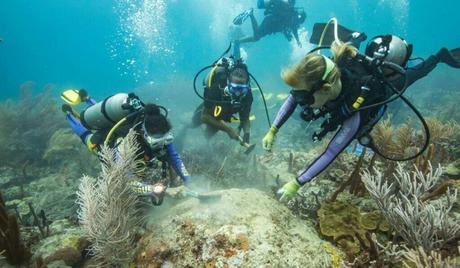
Despite our best efforts, some of our habitats face threats. Deforestation for agriculture and urban development has led to the loss of woodland habitats. Overfishing and destructive fishing practices threaten our marine ecosystems. Climate change, too, looms large with its potential to disrupt the delicate balance of our diverse habitats.
Our mangroves, critical nurseries for many fish species, face pressure from coastal development and pollution. The coral reefs, too, are not immune, with rising sea temperatures causing coral bleaching. And let’s not forget the impact of invasive species disrupting the native flora and fauna.
We’re not giving up, though. Concerted efforts are underway to combat these issues and ensure that Grenada’s natural beauty endures for future generations to admire and appreciate.
The Role of National Parks
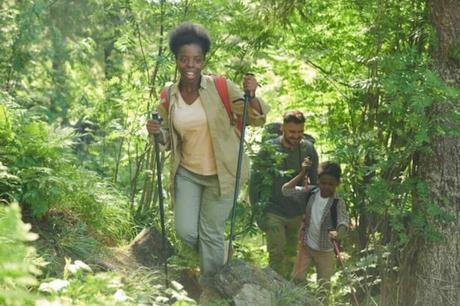
Finally, our National Parks play a pivotal role in preserving Grenada’s biodiversity. They’re not just tourist attractions, but guardians of our natural heritage. They preserve critical habitats, provide refuge to endangered species, and act as outdoor classrooms for environmental education.
The parks also support sustainable tourism, providing visitors with unforgettable experiences while generating income that feeds back into conservation efforts. Every guided hike, every wildlife spotting, every moment of awe in a Grenadian park contributes to the protection of our environment.
In essence, National Parks are a testimony to Grenada’s commitment to the environment.
They embody the delicate balance between human enjoyment and wildlife preservation, underlining our belief that it’s not just about witnessing nature’s beauty today, but ensuring it thrives tomorrow.
Preserving Endangered Species
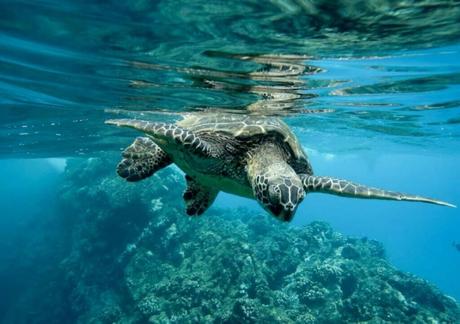
When it comes to endangered species, Grenada doesn’t stand idly by. It’s heartening to know that we’re stepping up our efforts to ensure these creatures continue to grace our lands and seas. Our dedication to their survival is unwavering, and every measure we take brings us closer to turning the tide in their favor.
One significant initiative is the Grenada Dove Conservation Programme, dedicated to protecting and enhancing the population of our national bird, now considered critically endangered. The programme comprises habitat restoration, population monitoring, and public education – because the fight for conservation is as much about awareness as it is about action.
In our waters, the Grenada Sea Turtle Conservation Programme is making waves, committed to the protection of these magnificent creatures during their nesting season. A fascinating sight, as leatherbacks, hawksbills, and green turtles return to our beaches to lay their eggs. Protecting these sites is crucial, and this programme involves local communities in the mission, fostering a shared sense of responsibility.
But it’s not just about the fauna; the flora needs our attention too. Projects aimed at preserving the unique Grenada Hookweed and other native plant species are underway, focusing on reducing habitat destruction and promoting sustainable land use.
Endangered species preservation is a journey, a shared mission. It’s an understanding that every life, whether it flies, crawls, swims or grows from the earth, enriches Grenada’s biodiversity and deserves a fighting chance. From the song of the dove to the splash of the turtle, the preservation of our endangered species is a melody that we’re continuously perfecting. Every effort, every saved creature is a note in the harmonious symphony of conservation.
FAQ
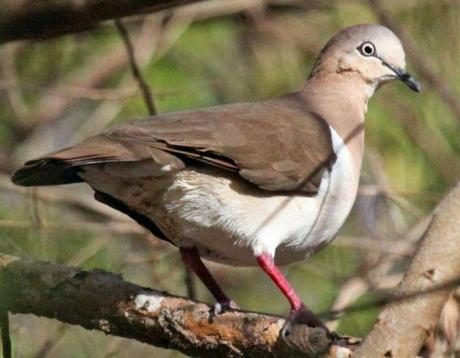
What kind of wildlife is in Grenada?
Grenada boasts a rich diversity of wildlife, including the endangered Grenada Dove, Grenada Tree Frog, and the fascinating Mona monkey. Its lush forests are home to various bird species, while the island’s waters teem with vibrant marine life like colorful fish, dolphins, and graceful sea turtles. Additionally, Grenada’s unique biodiversity extends to its flora, with orchids, ferns, and tropical plants adding to the natural splendor.
Are there any poisonous animals in Grenada?
While Grenada is home to various wildlife, there are no indigenous poisonous animals of significant concern. However, like in any natural environment, visitors should exercise caution and avoid contact with unfamiliar creatures to ensure a safe and enjoyable experience.
What animals are reared in Grenada?
In Grenada, agriculture plays a vital role, and some animals are reared for various purposes. Commonly reared animals include goats, sheep, pigs, and poultry, providing essential resources such as meat and dairy products for the local population. These domesticated animals contribute significantly to the island’s agricultural economy and livelihoods.

